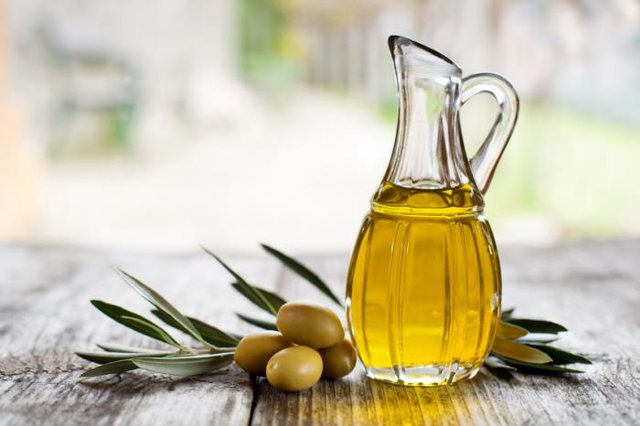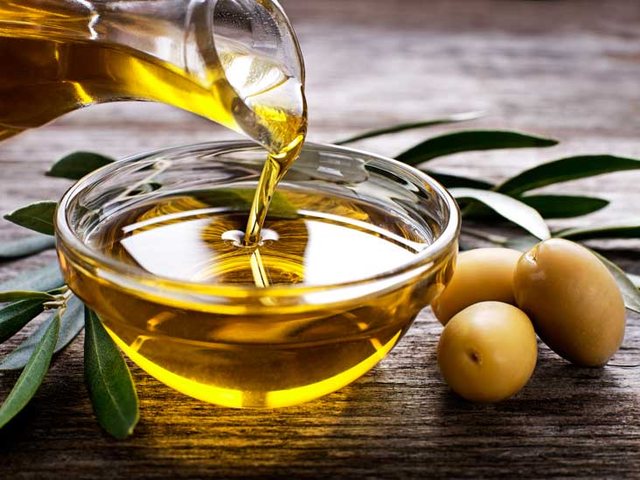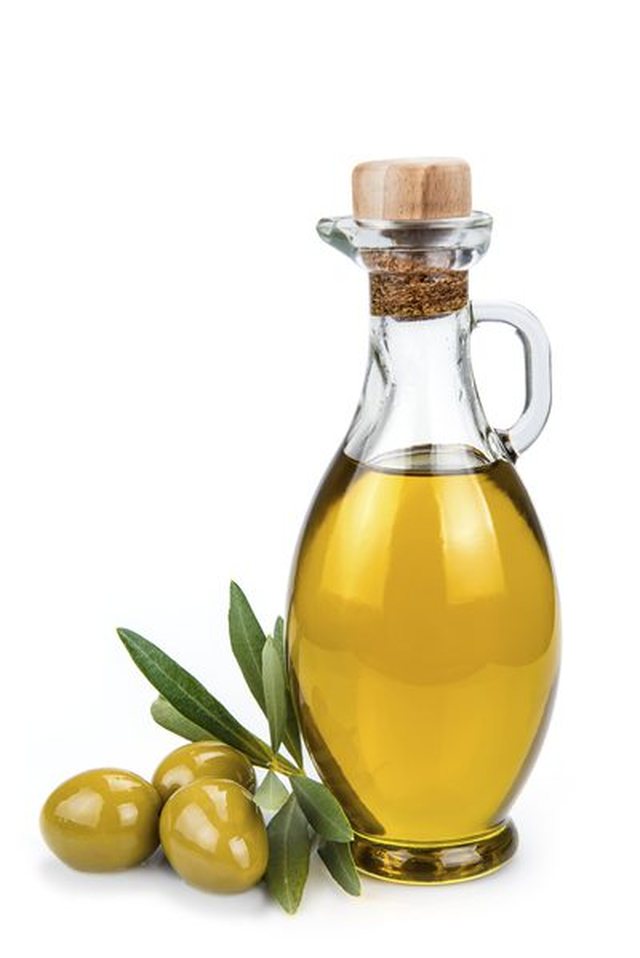
First thing: ignore the color! A green oil is not necessarily a quality indicator. Just rate the smell and the taste. If the store does not allow you to take a sample, you may have patience at trial and make a mistake at home after you try it. The oil made with freshly crushed olives has an abundance of aromas, ranging from herbs, plants, flowers, to the land where the olive trees are planted. Avoid smelling oil like wax, chalk, wine or vinegar.

Select an extra virgin, a kind of standard that proves that the oil has passed a chemical test and a sensory and avoids the "light oil" of the olive, usually a mixture of old olive and virgin olive oils. (In some cases it is a mixture of vegetable oil of 70 percent and only 30 percent pure olive oil). And do not buy only one type of oil just because of the country of origin. "No region or country has a quality monopoly," says Coleman. "It's about the individual producer. If they are caring for the tree correctly, harvesting in the right time, taking it to the right temperature, keeping it under sanitary conditions, then quality olive oil can be produced all over the world."

The key to enjoying the olive oil is in its freshness. Keep it in a cool, dark place away from the stove (light makes the oil degrade) and make sure you use it within three months of opening. If you empty it in another container, make sure it is completely clean, dry and has no odor.





